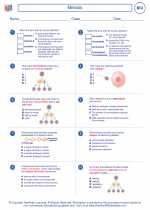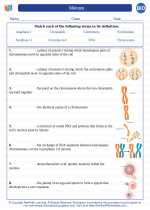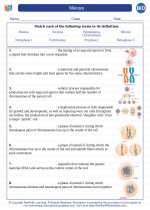Lichens: An Overview
Lichens are unique organisms that result from a symbiotic relationship between a fungus and a photosynthetic partner, which is usually an alga or a cyanobacterium. This relationship is known as mutualism, as both organisms benefit from the association. Lichens are found in a variety of ecosystems, including forests, deserts, and tundra, and they play an important role in ecological processes such as soil formation and nitrogen fixation.
Structure of Lichens
Lichens have a distinctive structure, consisting of the fungal partner (mycobiont) and the photosynthetic partner (photobiont). The fungal partner provides a protective environment for the photosynthetic partner and absorbs water and nutrients from the environment. The photosynthetic partner, in turn, provides the fungal partner with organic compounds produced through photosynthesis. This mutualistic relationship allows lichens to survive in harsh environments where neither the fungus nor the alga or cyanobacterium could survive alone.
Types of Lichens
Lichens can be classified into three main growth forms: crustose, foliose, and fruticose. Crustose lichens have a crust-like appearance and are tightly attached to the substrate. Foliose lichens have a leafy structure and are loosely attached to the substrate. Fruticose lichens have a branching or bushy structure and can be erect or pendulous.
Ecological Importance
Lichens are important ecological indicators, as they are sensitive to environmental changes such as air pollution and climate change. They are also pioneer species, meaning they are among the first organisms to colonize bare substrates, contributing to soil formation and ecosystem development. Additionally, lichens are a food source for some animals, and they have been used in traditional medicine and dyes.
Study Guide for Lichens
- Define lichens and explain the symbiotic relationship between the fungal partner and the photosynthetic partner.
- Describe the structure of lichens, including the roles of the fungal partner and the photosynthetic partner.
- Discuss the three main growth forms of lichens: crustose, foliose, and fruticose, and provide examples of each.
- Explain the ecological importance of lichens, including their role as ecological indicators and pioneer species.
- Research and present a case study on the use of lichens in traditional medicine or as natural dyes.
◂Biology Worksheets and Study Guides High School. Meiosis

 Worksheet/Answer key
Worksheet/Answer key
 Worksheet/Answer key
Worksheet/Answer key
 Vocabulary/Answer key
Vocabulary/Answer key
 Vocabulary/Answer key
Vocabulary/Answer key
 Vocabulary/Answer key
Vocabulary/Answer key
